
According to the Department of Fisheries and Fisheries Control, localities in the Red River Delta with diverse natural terrain can develop many types of aquaculture such as: tidal farming, brackish water farming, cages on rivers, reservoirs, pond farming, combined farming in rice fields...
According to statistics, the area aquaculture The area of the region in 2024 will reach 114,868 hectares and 946,916m3 of cages; aquaculture output will be 823,871 tons, with diverse farming objects such as clams, oysters, tiger prawns, grouper, barramundi, ham, hybrid carp, etc.
Of which, brackish water aquaculture with 20,531ha and 45,000m3 of cages, concentrated in the localities: Hai Phong , Thai Binh, Nam Dinh, Ninh Binh; freshwater fish farming with an area of 94,336ha and 901,916m3 of cages.
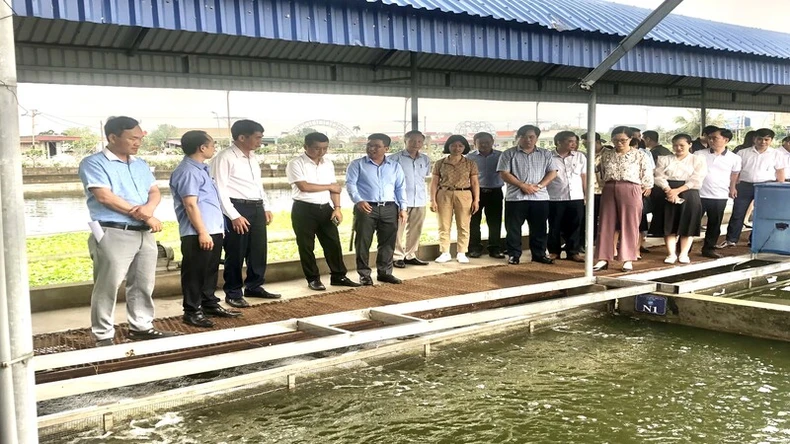
Currently, the whole region has 493 establishments producing and raising aquatic breeds, supplying breeds to meet about 80% of the people's farming needs. Most of the establishments produce freshwater fish breeds with diverse and rich species, from traditional species to specialties with high economic value.
By 2025, localities in the region strive to have an aquaculture area of about 115,000 hectares, an increase of 132 hectares and 948,000m3 of cages, an increase of 1,084m3 compared to 2024 with an aquaculture output of 850,000 tons.
Although the localities in the Red River Delta still have much potential for development, aquaculture has encountered many difficulties in recent times due to Prices of materials and input materials are constantly increasing; environmental issues in aquaculture have not been well handled; diseases in freshwater fish occur frequently, causing damage to the people.
By 2025, localities in the region strive to achieve an aquaculture area of about 115,000 hectares, an increase of 132 hectares and 948,000m3 of cages, an increase of 1,084m3 compared to 2024 with an aquaculture output of 850,000 tons.
To develop sustainable aquaculture, at the seminar, delegates said that in the coming time, localities need to promote restructuring the industry towards increasing value and sustainable development; linking aquaculture with ecological environment protection.
Particularly, localities with great potential for aquaculture development need to encourage and attract businesses to invest in forming concentrated commodity production areas. chain link from providing input materials to consuming products. Coastal localities continue to promote the farming of key species with economic value such as: giant tiger prawn, white-leg shrimp, and molluscs...
Source: https://baolangson.vn/nang-cao-hieu-qua-nuoi-trong-thuy-san-vung-dong-bang-song-hong-5045236.html


![[Photo] Prime Minister Pham Minh Chinh chairs a Dialogue with businesses and business associations](https://vphoto.vietnam.vn/thumb/1200x675/vietnam/resource/IMAGE/2025/5/31/b606d6f6ff584fa28af9f353c91bf15d)
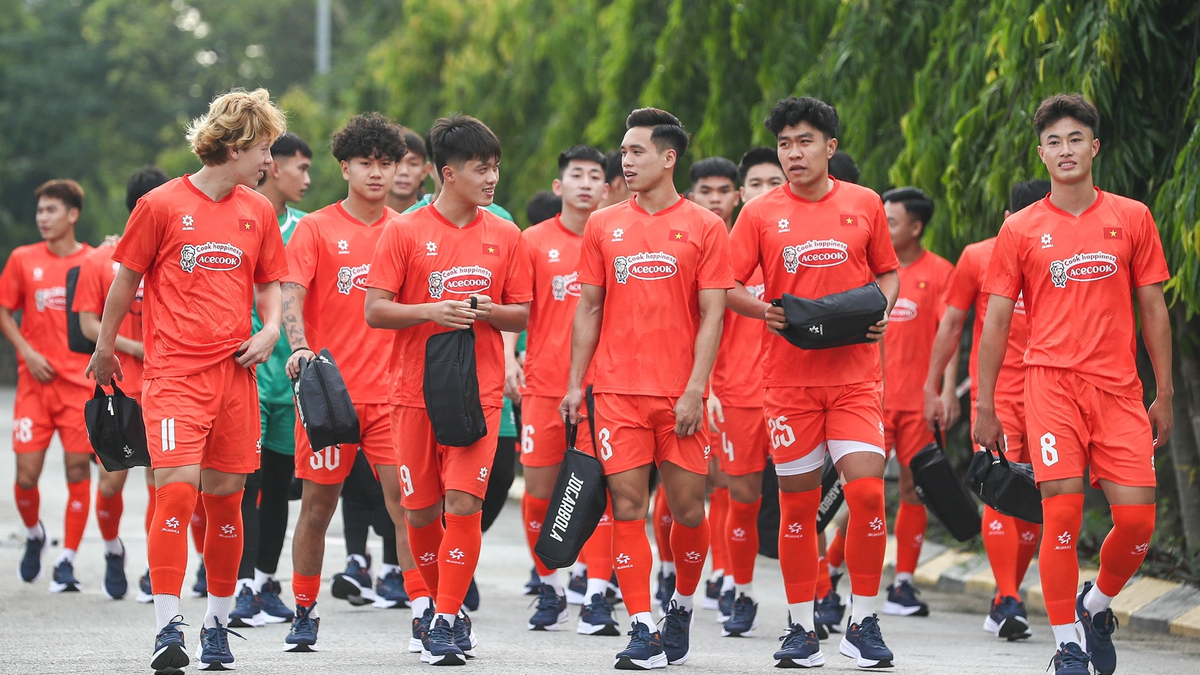
![[Photo] Emotional and proud flag-raising ceremony and military review on Truong Sa island](https://vphoto.vietnam.vn/thumb/1200x675/vietnam/resource/IMAGE/2025/5/31/9b52525fce6f433083cd0a5bfee59f49)
![[Photo] Crane falls on container truck and car at traffic construction site](https://vphoto.vietnam.vn/thumb/1200x675/vietnam/resource/IMAGE/2025/5/31/a8d3ae08da324cfe8ee406174c0eacc4)

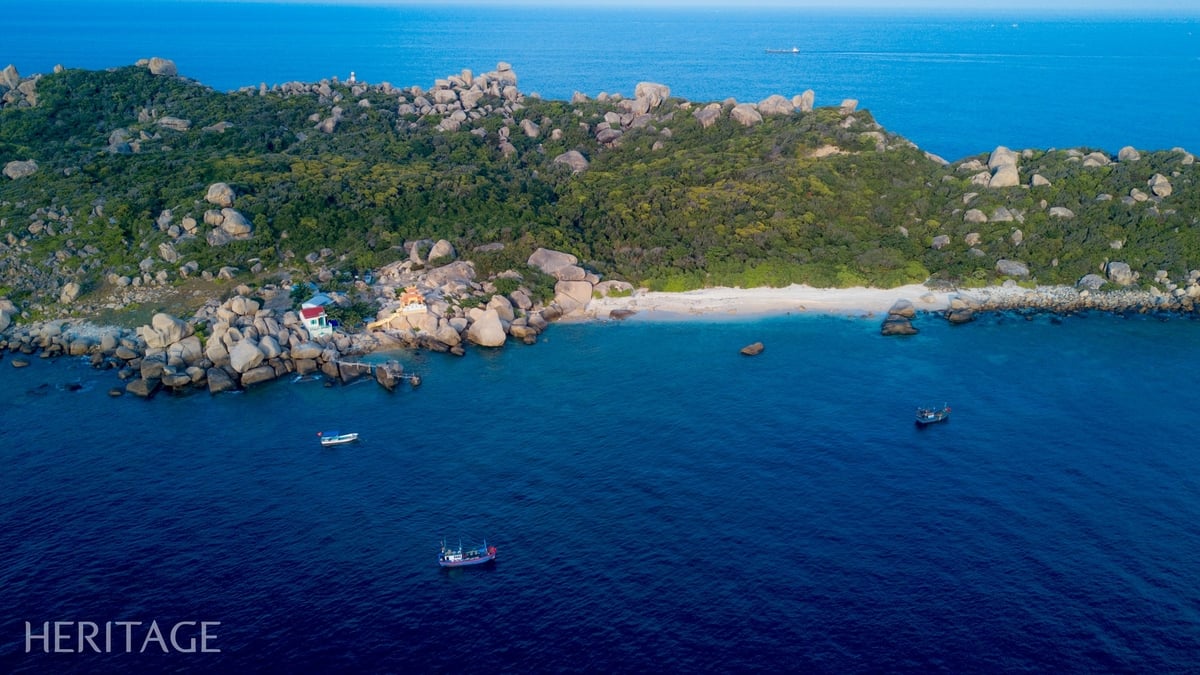







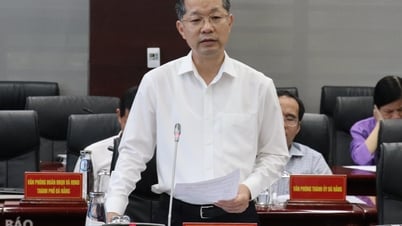

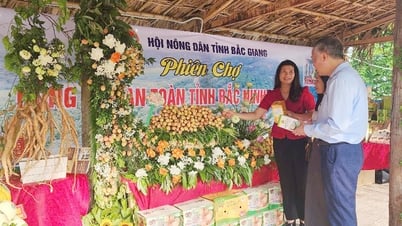





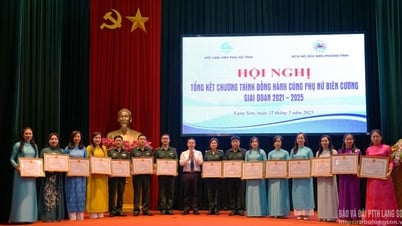

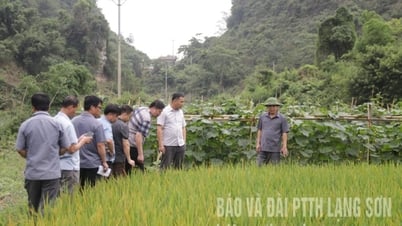
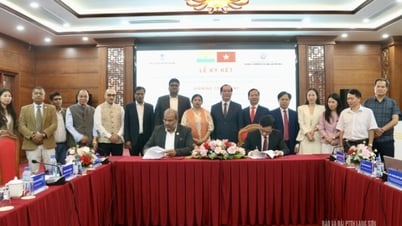
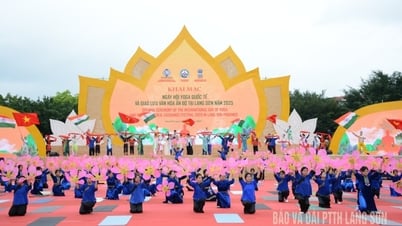


































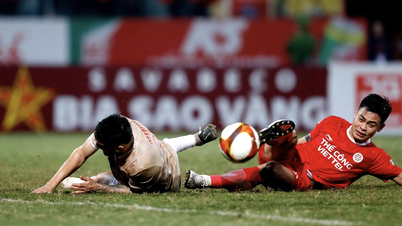

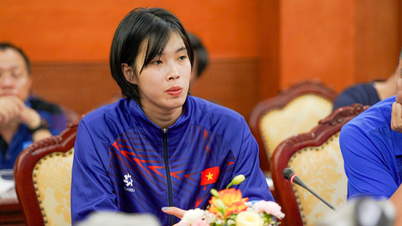









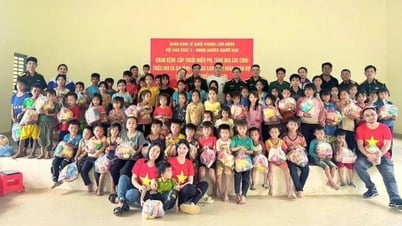



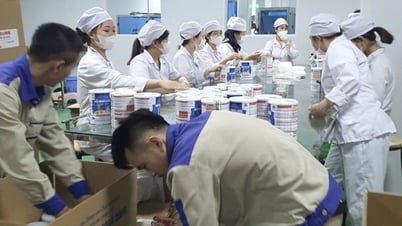

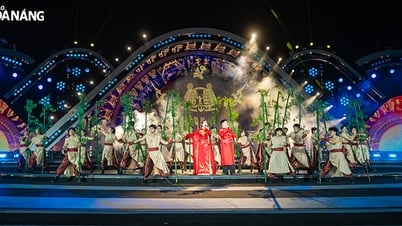













Comment (0)